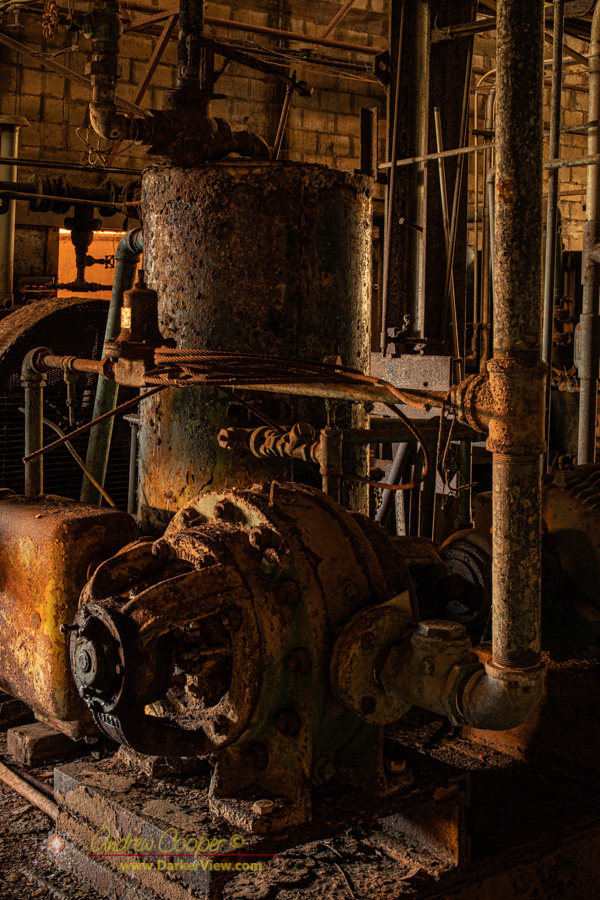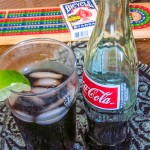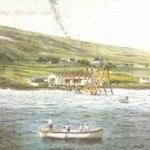
Compressor

When you want to see the stars, find someplace dark

The impact of the sugar industry in these islands simply cannot be overstated. For over a century sugar was the dominant industry in the islands consuming land, water, and people. These islands were shaped by sugar, physically and culturally.
So much of what you see today is a direct resut of sugar, many people and cultures that now call these islands home are descended from the immigrant laborers who came to work the plantations. These immigrants brought with them thier languages and so much more. So many traditions, foods, and words, blended with the Native Hawaiian culture to create the island culture we enjoy.
While this legacy is seen on almost all of the islands it seems most visible on the southern shore of Kauai, perhaps as these plantations were some of the last to shut down, and very little has replaced or re-developed in the area. Plantation towns sit in the shadow of rusting mills that loom over the landscape.
Continue reading “The Impacts of Sugar”One of the unexpected surprises I had when traveling in Nicaragua was the Coca-Cola. In a country where drinking the water was somewhat hazardous, bottled water and drinks were a good option. Not that this was much of a problem, Coca-Cola was sold everywhere, little street vendors always had a cooler of sodas. As anyone who knows me will tell you, my one dietary vice is Coke.

The reason the coke tasted better in Nicaragua was simple… The formula is mixed with cane sugar in place of the corn syrup used in the United States. The taste difference is remarkable and to my palate much improved by the difference. While traveling I found myself buying a bottle or two each day. Eventually it would be back to the US and back to corn syrup.
I did miss the coke I had found in Central America. In response to my frustrated complaint about Coca-Cola one day my wife informed me that you can buy the real stuff here on the island. What? She let me know that imported Coca-Cola was available at Costco. What?
To prove the point she brought some home. Sure enough… Coca-Cola bottled in the classic glass bottles and imported from Mexico. Reading the ingredients quickly reveals that the soda is made with cane sugar, not corn syrup. Even better, it tastes the same as the cola I bought in Nicaragua.
A picture postcard perfect setting… Brilliant blue water, waves crashing on black rock, palm trees overhead, the old pier jutting out from shore. Whittington Park is a beautiful stop along the Mamalahoa Highway as you round the south end of the island.


A large pond and wetlands sit alongside the mown lawn at the center of the park. Once maintained as a fishpond by ancient Hawaiians it is now a rich marsh. The park encompasses over half a mile of shoreline and over two hundred acres of land. There is plenty to explore along the shore north of the main park. Numerous archeological sites scattered across the low coastal plain testify to the centuries of use, from a large pre-contact village, to the plantation operations of the 19th and 20th centuries.
It is a pretty park with decent facilities. Camping is available here with a permit that can be purchased online. Stop by and enjoy the scenery and have lunch. Much of the time this beautiful park sits empty, the isolation of this coastline exemplified.